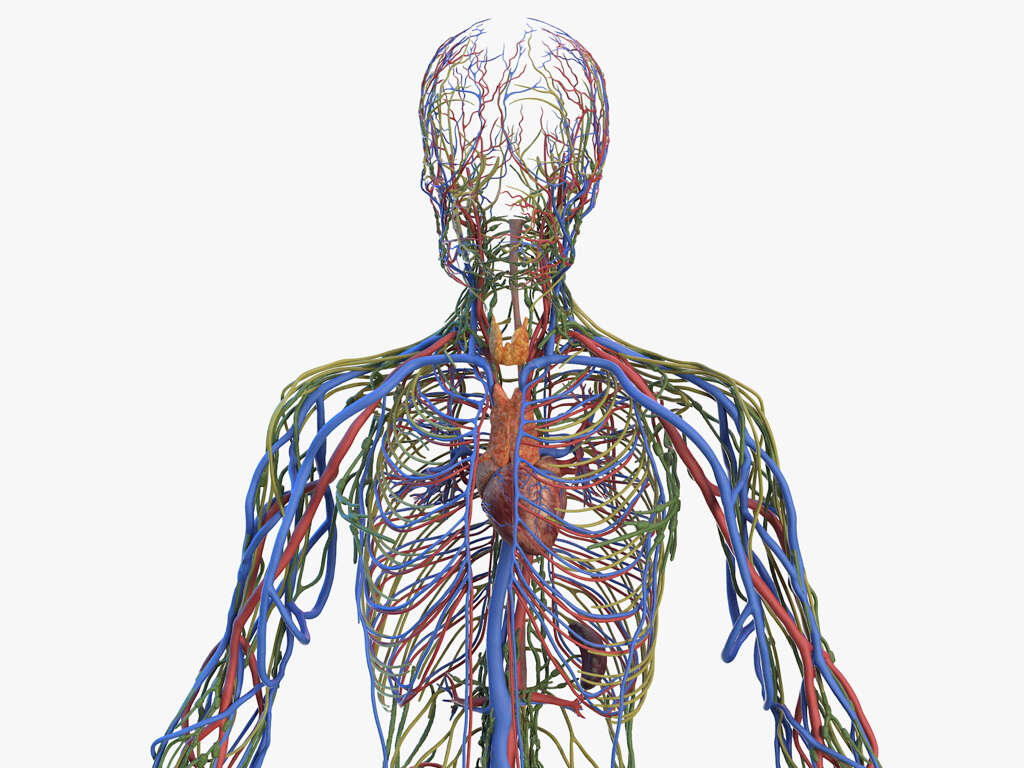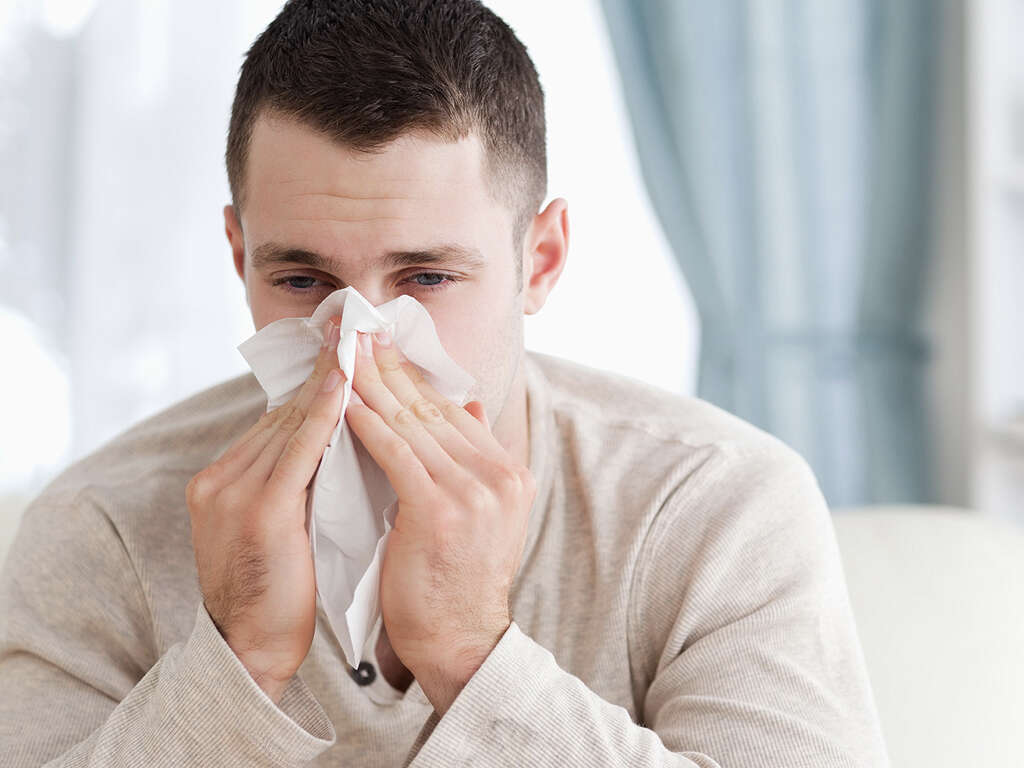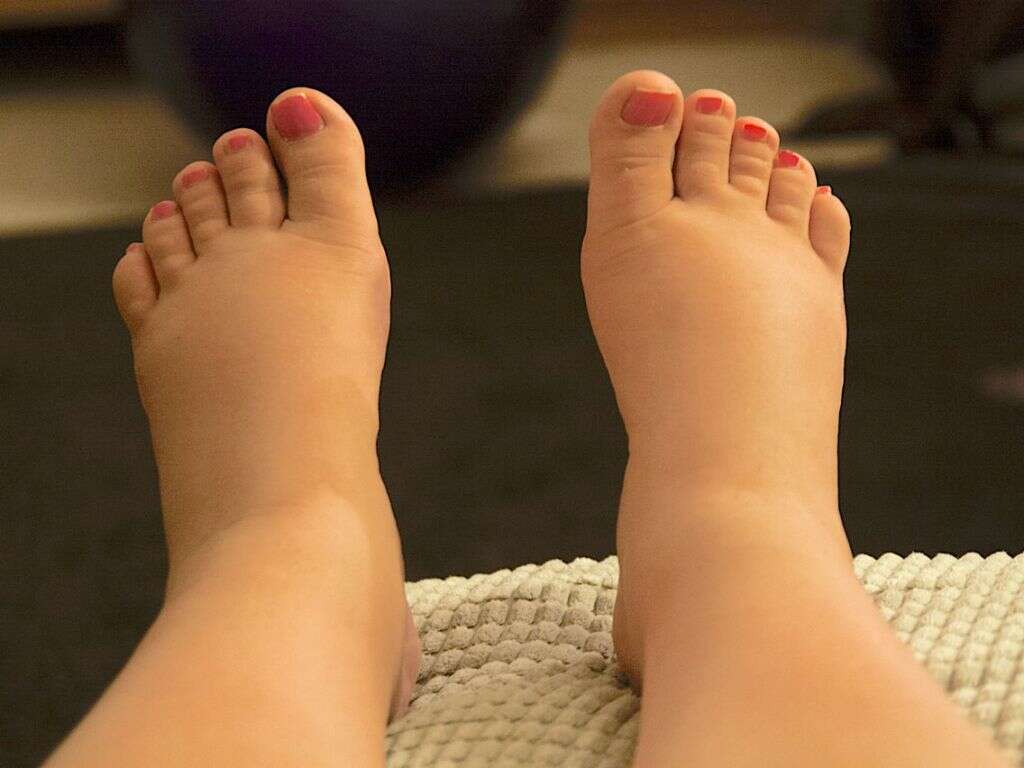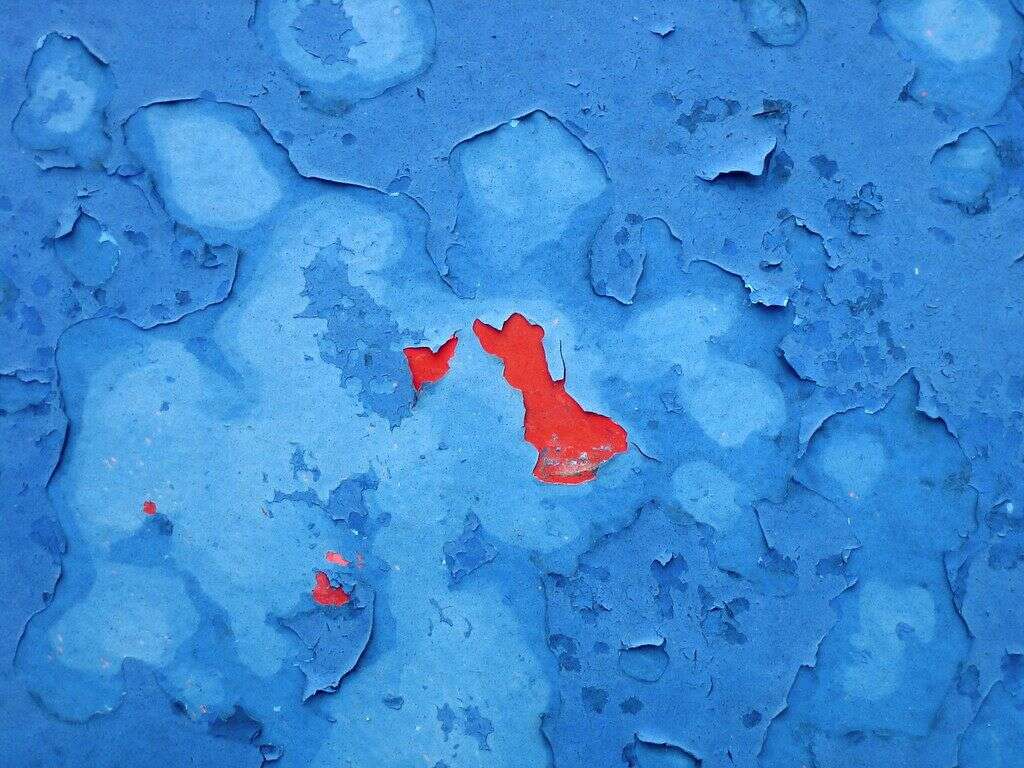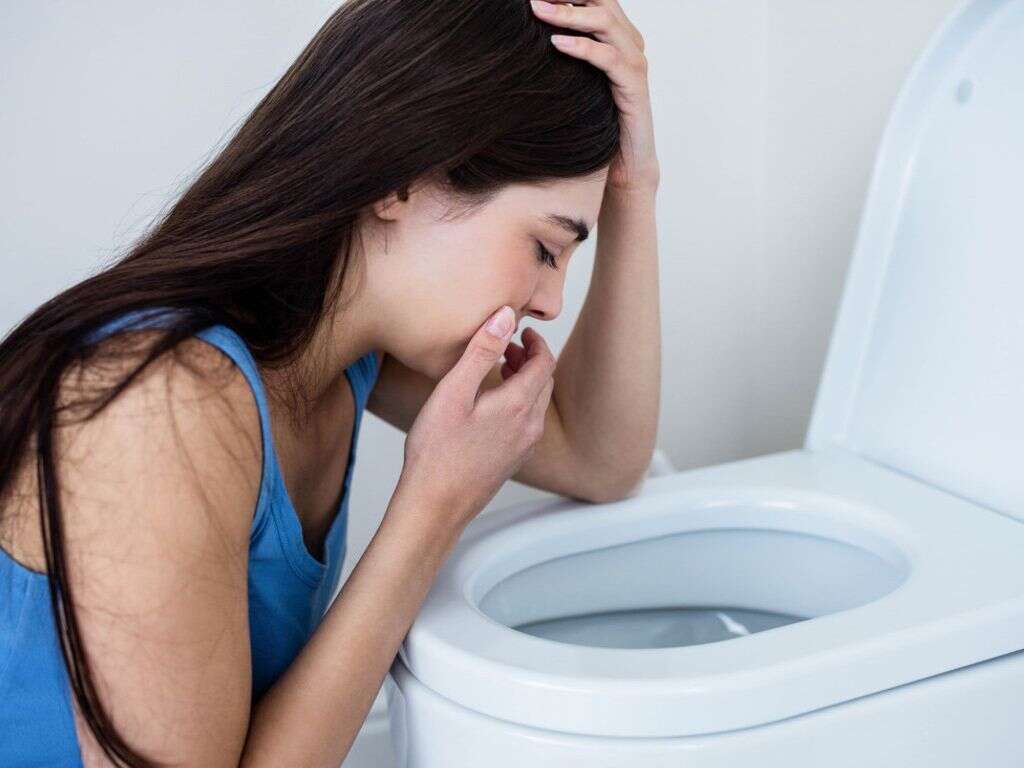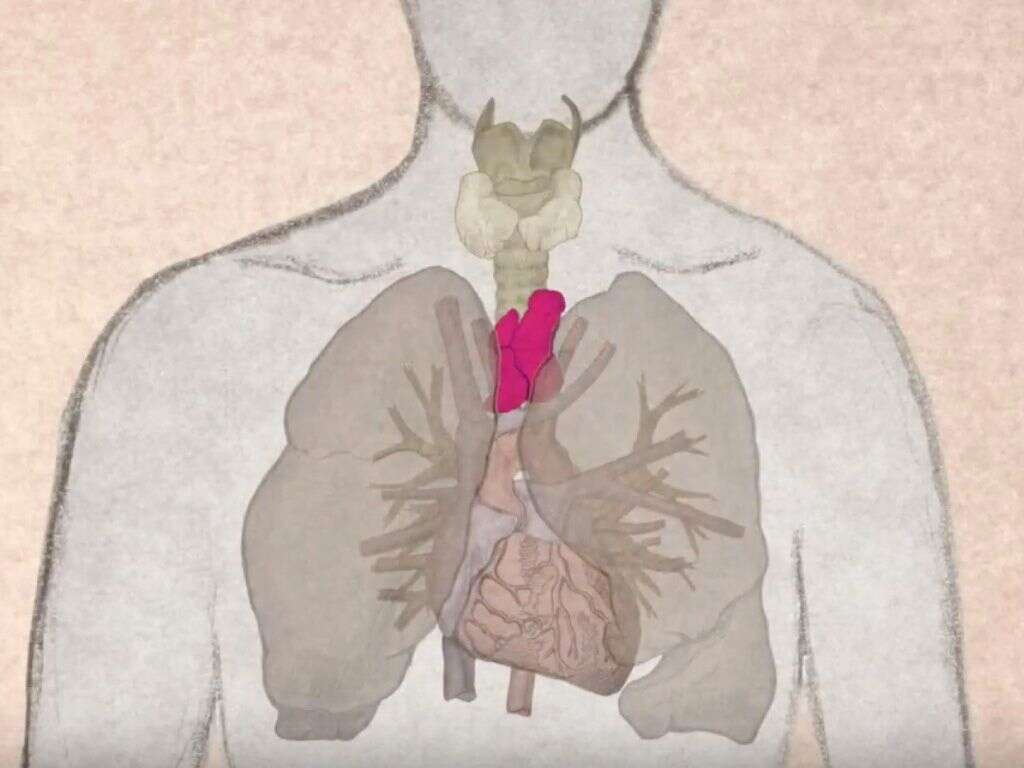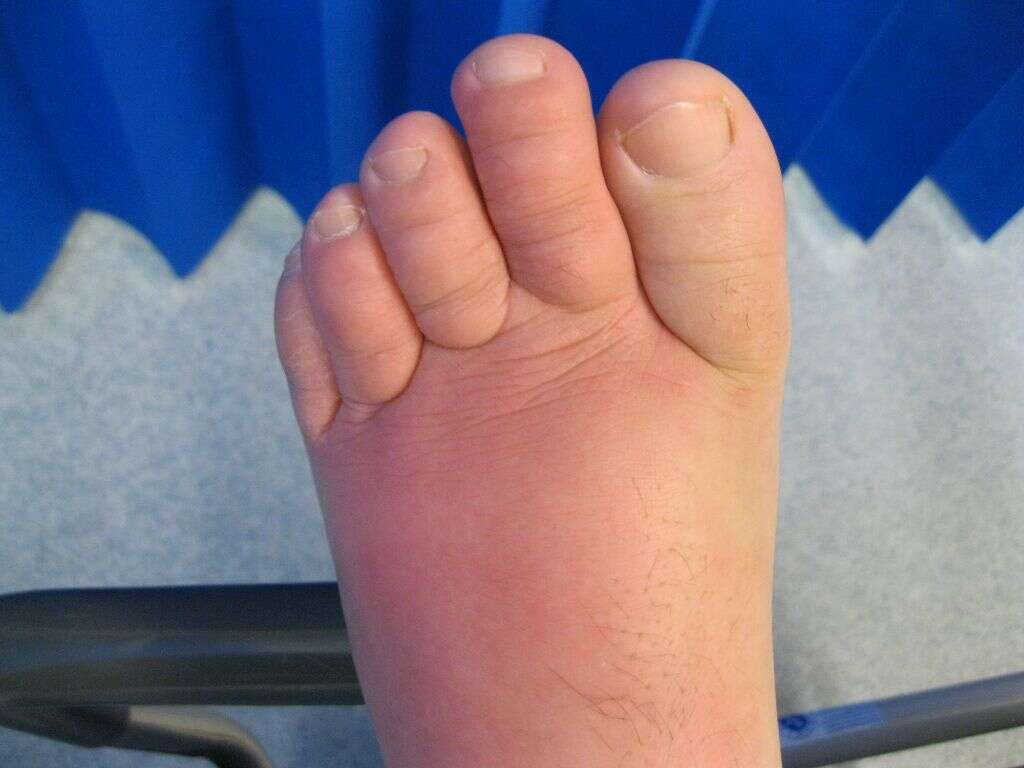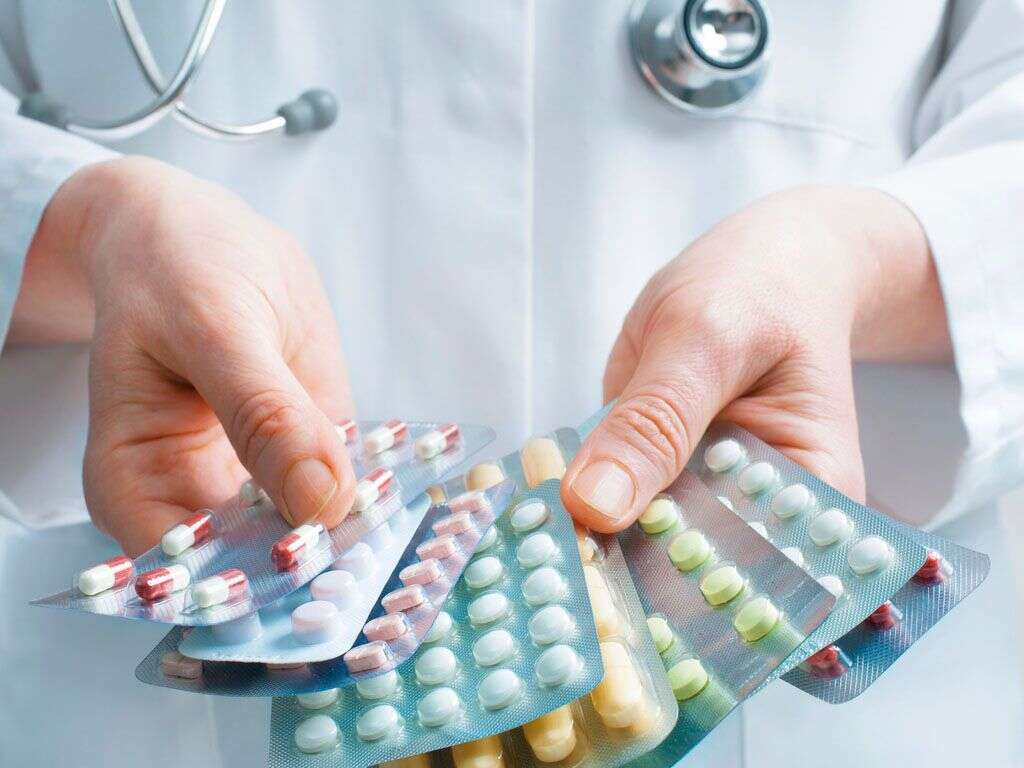What Do Lymph Nodes Do?
We would not last for long without our immune system. As effective as modern drugs are, we would still be at the mercy of pathogens if our immune system was unable to protect us. Thus, it pays for us to protect it and give it what it needs so it can continue to keep us safe.
Our immune systems are made of up different components, and one of these components is the lymph nodes. These are small, pea-sized glands that are in the frontline in the battle against disease. Here’s a closer look at what they do, and why they are so very important to us.
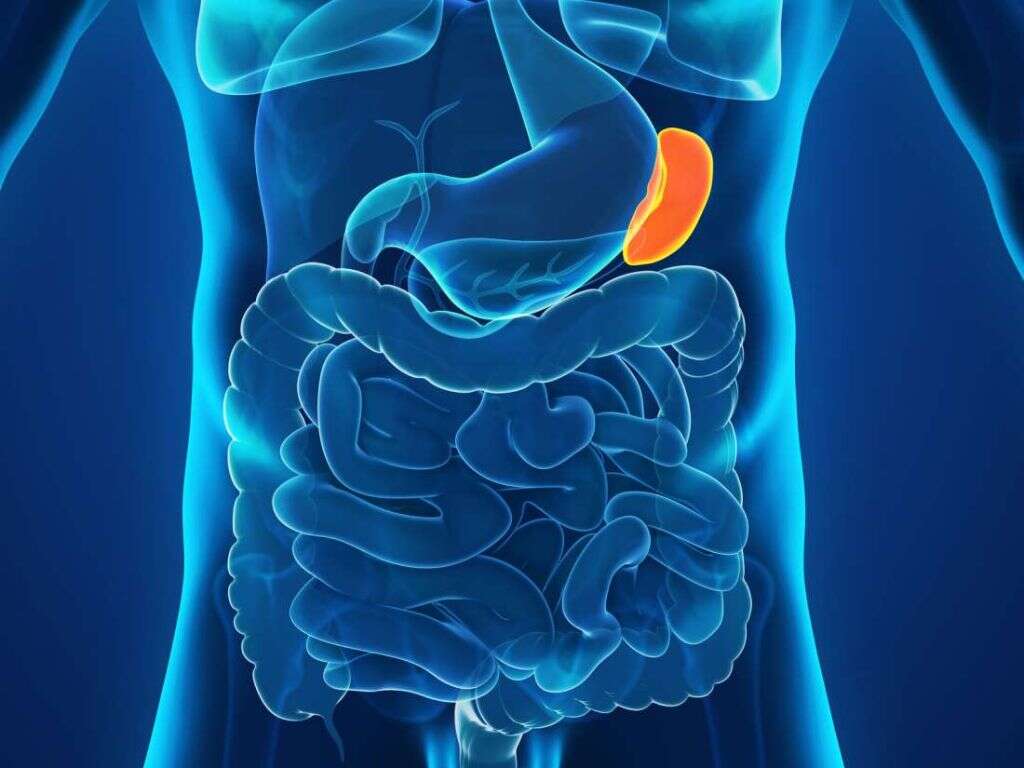
1. Lymph
Lymph is a type of clear fluid that is found circulating throughout the body. It plays an essential role in helping to fight off pathogens to help keep us safe. In addition, it helps to remove toxins, debris, and anything else that might be able to cause us harm. Lymph has a composition that is very similar to that of blood plasma. It is created when tissue fluid is forced to diffuse into the lymphatic capillaries under hydrostatic pressure. The lymph will eventually reenter the bloodstream before being thoroughly cleansed by the various glands and organs of the lymphatic system.

2. Lymphatic System
There are two circulatory systems of fluid in the body. The best known of those is the cardiovascular system, which carries oxygen and nutrient-rich blood. The other, less well-known system is the lymphatic system. This is so called because the system circulates lymph.
Instead of blood vessels, there are lymph vessels that help to circulate lymph around the body. While the cardiovascular system has organs and glands serving it, so does the lymphatic system. One of the key differences is that the lymphatic system does not have a pump, and the fluid is circulated with help from valves and contractions of the muscles.
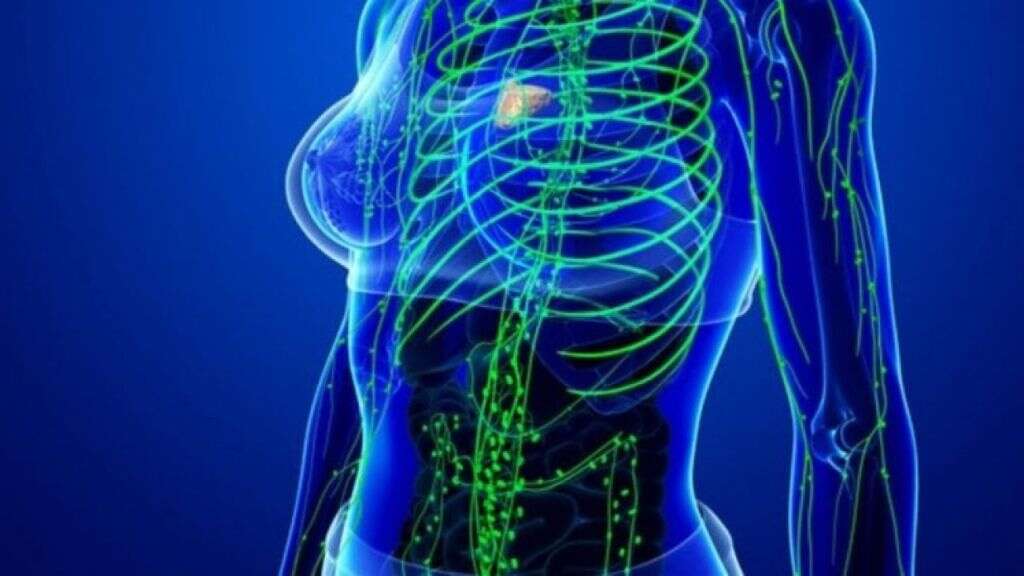
3. Lymph Nodes
The lymphatic system works with help from the lymph nodes. These are small glands located in various locations around the body, and there are hundreds of them spread throughout the system. In some locations, such as in the armpits, neck, and groin, many of these nodes are clustered together and are more noticeable.
A lot of people are able to feel their lymph nodes in certain locations, especially those in the neck. They can be detectable by placing your fingers on the right area and feeling for them. These glands will become swollen sometimes, at which point they will become even more noticeable.

4. Lymphocytes
The lymphatic system is effective at keeping us safe largely due to the presence of lymphocytes. These are white blood cells that are often referred to as killer cells, because of the way they directly take on and kill pathogens. Lymphocytes include T-lymphocytes (T-cells), and B-lymphocytes (B-cells). In addition to killing pathogens, T-cells will help to keep track of immune cells.
If more or less of a certain type are needed, then T-cells will let the body know. B-cells work by producing antibodies that latch on to pathogens. This lets the body know which ones need to be killed off.
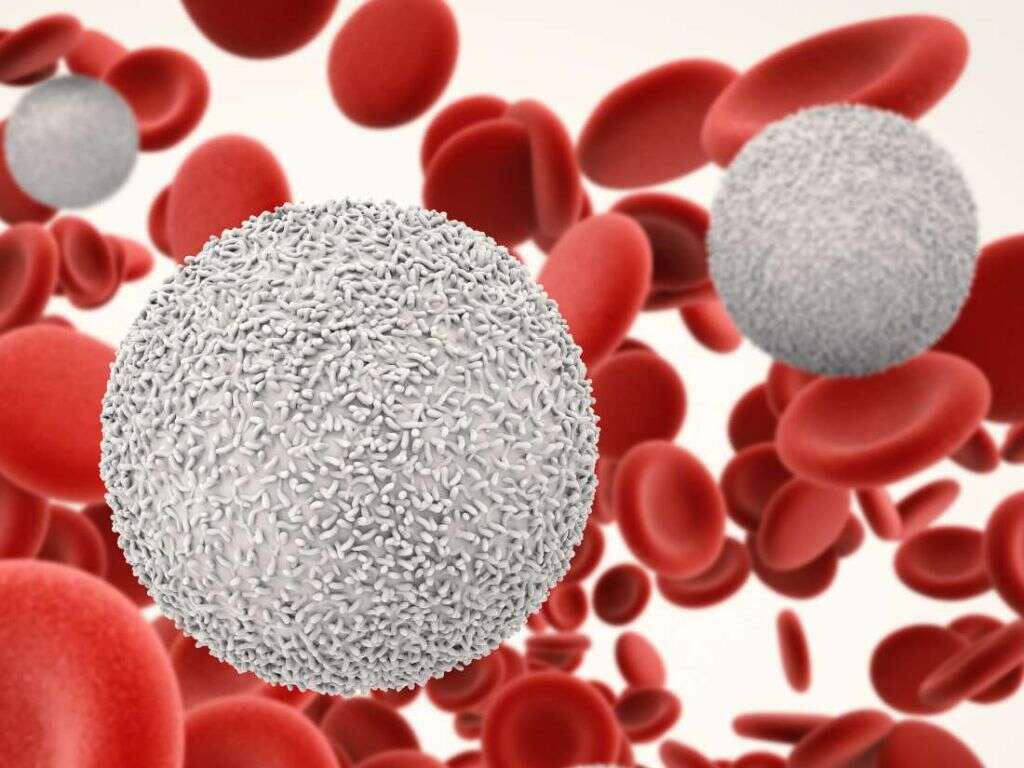
5. Other Organs
In addition to the lymph nodes, the lymphatic system is also helped by some other organs in the body. One of these is the spleen, which has two main roles. One role is to process expired and/or damaged blood cells. The other role is to kill unwelcome intruders in the body.
In addition are your tonsils. These are fleshy parts at the back of the throat that help to prevent pathogens from reaching the lungs and digestive system. In the nasal cavity are the adenoids, which are basically another type of tonsil that perform the same role. These are sometimes removed in patients that experience frequent problems with them.

6. Lymphadenopathy
When there is a threat present in the body, the lymph nodes will often have to work harder than usual in order to help keep the patient safe. As they work harder, and more lymph and lymphocytes are used, so the glands will begin to swell. This is a condition known as lymphadenopathy.
Lymphadenopathy is not a dangerous condition in itself. Sometimes, however, it is caused by something that can be a threat to us, so the symptom should always encourage you to speak with a medical professional. A doctor will often check your neck on visits to see whether or not these glands are swollen.
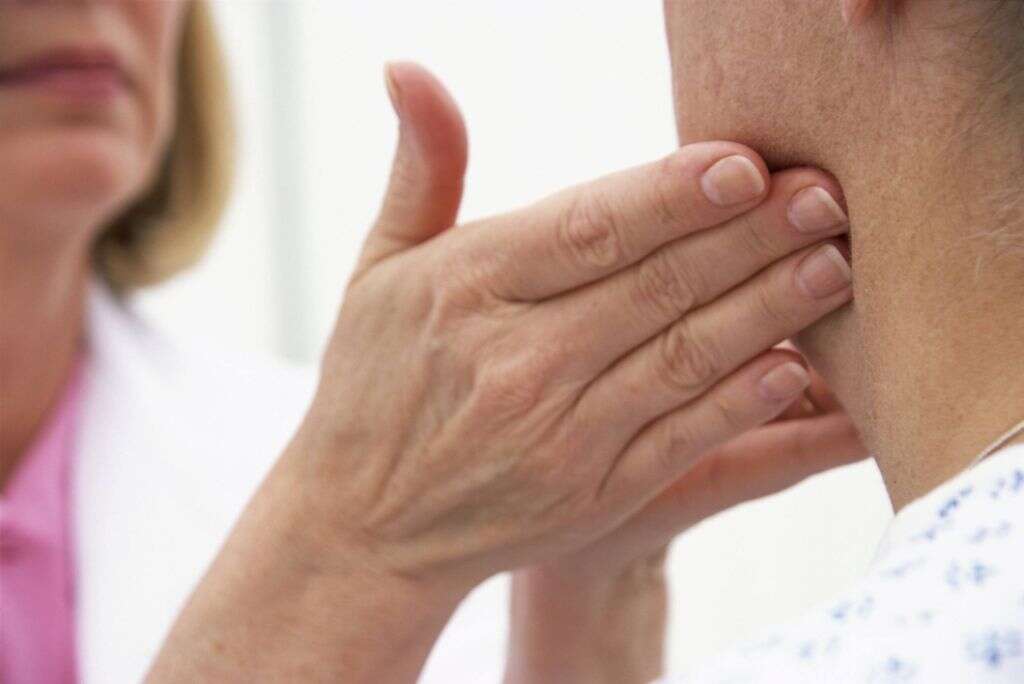
7. Lymphadenopathy and Medication
It is well known that medication can cause some unwanted side effects. These side effects are usually quite mild but, in some cases, they can be more severe. One side effect of certain drugs is that they can cause lymphadenopathy which is, thankfully, not a serious condition.
Drugs that can cause this side-effect include those that will help to prevent malaria. In addition, drugs like phenytoin, which is used for seizures, can also cause the lymph nodes to become swollen. You should always follow all expert advice when using medication, and contact a doctor straightaway if you have a bad reaction.

8. Lymphadenopathy and Disease
Lymphadenopathy is actually a relatively common condition and is usually caused by disease. Quite simply, when there are viruses or bacteria in the body, the lymph nodes have a lot of work to do to deal with the problem. With more work to be done, more lymphocytes are needed, and the glands swell as a result.
Lymphadenopathy can occur even in relatively benign conditions like the common cold, while the flu is also a potential cause. If there are a lot of bacteria present because of something like an ear infection, this can also cause the glands to become swollen.
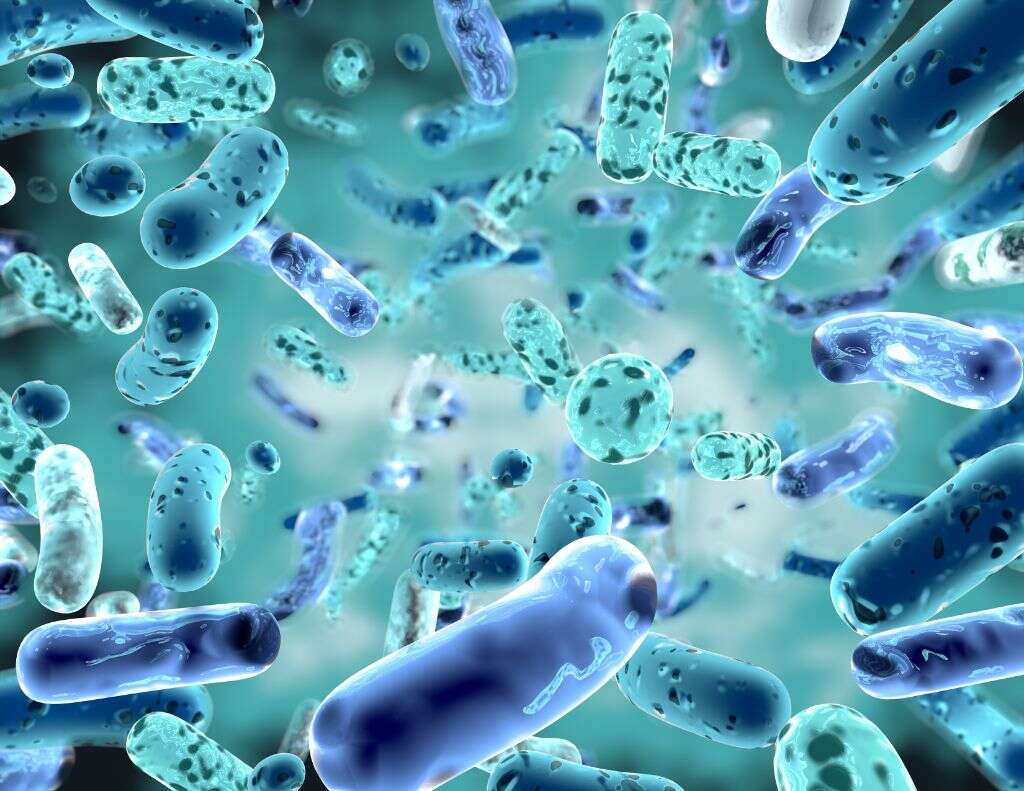
9. Lymphoma
Lymphoma is a relatively common type of cancer that affects the lymph nodes. The cancer causes the white blood cells (lymphocytes) to grow out of control. Because they continue to divide instead of dying off, they will begin to accumulate in the lymph nodes, causing them to become swollen, in addition to causing other symptoms.
There are two main types of lymphoma: Hodgkin’s and non-Hodgkin’s. There are also 60 types of non-Hodgkin’s lymphoma. Most types of lymphoma are, thankfully, treatable even if they are not curable. Getting a diagnosis early so treatment can start quickly will considerably increase the patients chances of survival.
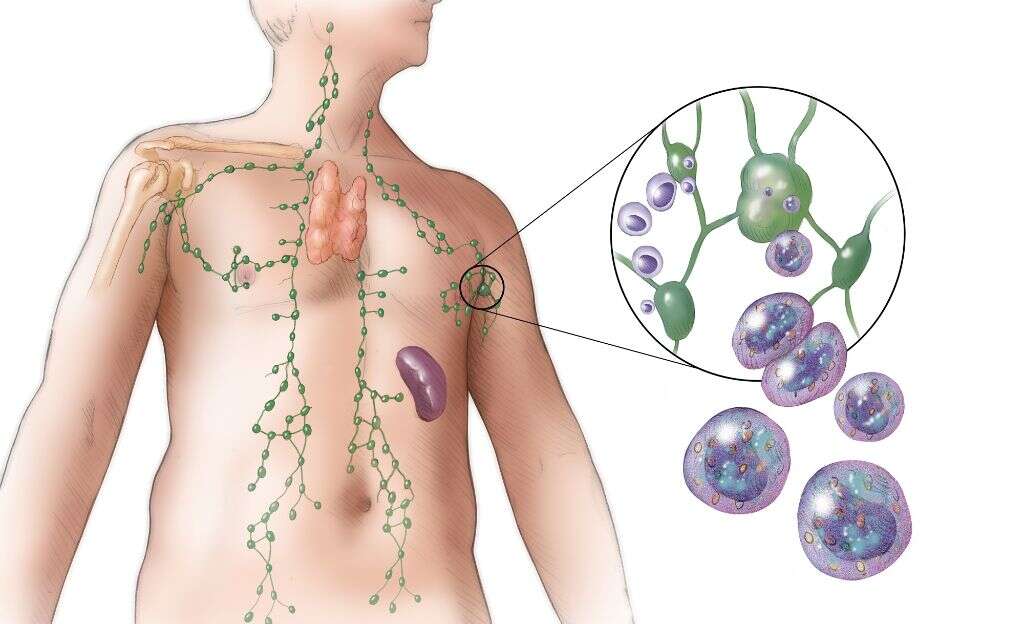
10. Lymphedema
Edema is a relatively common condition that is often caused by a problem with the cardiovascular system. It results in a swelling of the arms and/or legs as a result of excess fluids accumulating under the effect of gravity. Lymphedema is a very similar condition, with almost identical symptoms, but it is caused by a different mechanism.
Lymphedema occurs when there is a blockage of sorts in the lymphatic system. It can occur for a number of reasons, including diseases and injuries that can cause damage to the system. In cases of some cancers, some lymph nodes might be removed, and this can also lead to lymphedema.




